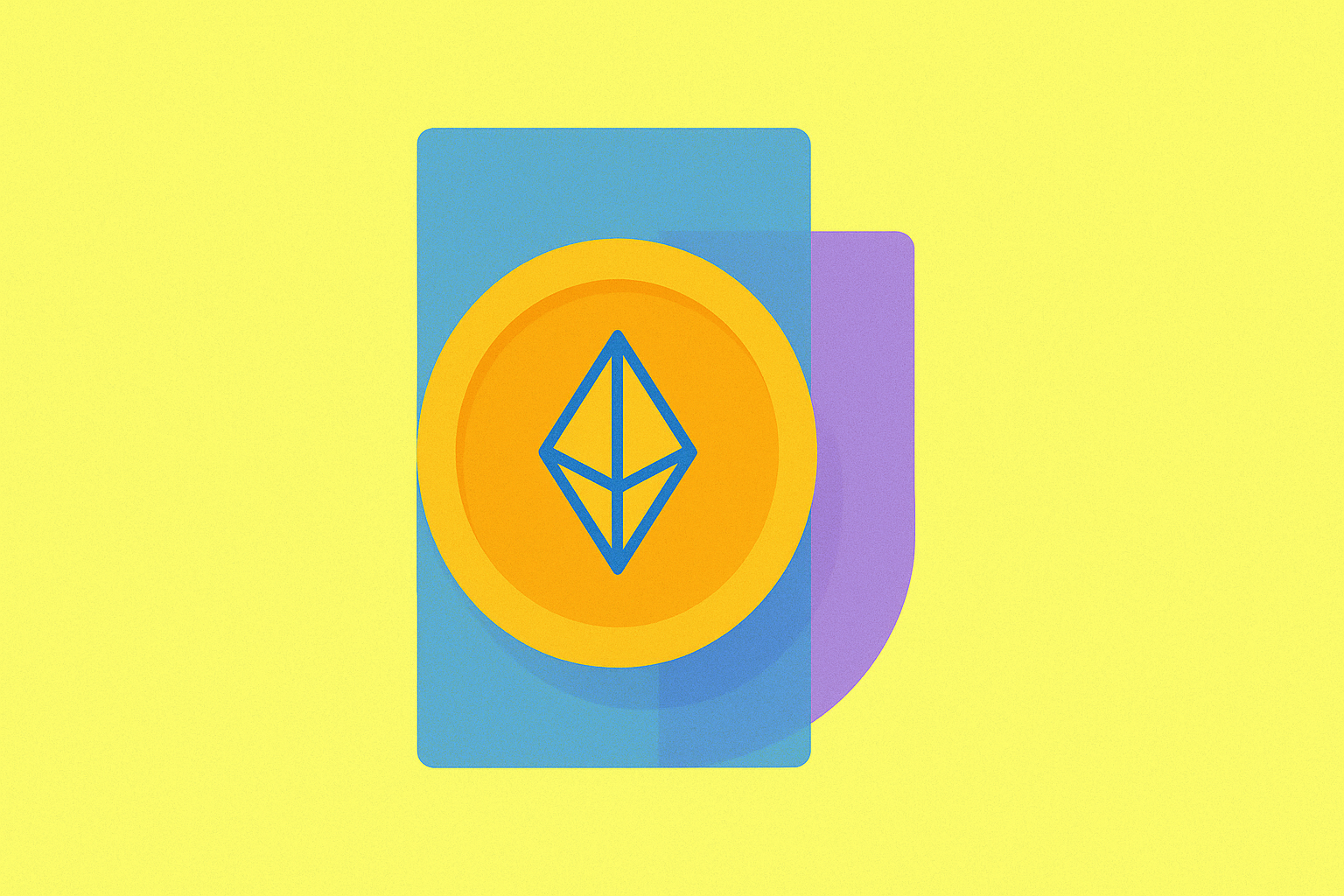Creditlink (CDL) Token Ekonomisi Modeli Nasıl İşler?

CDL token dağılımı: %15 ön satış, %5 likidite
Creditlink’in token dağılım modeli, uzun vadeli sürdürülebilirliği hedefleyen, dengeli ve stratejik bir yaklaşım benimsiyor. CDL’nin toplam arzı 1 milyar token ile sınırlı olup, piyasada aşırı arzı önlemek için başlangıçta yalnızca %20,4’ü dolaşıma sokulmuştur. Bu yapı içinde, %15’lik bölüm (150.000.000 CDL), 28 Ağustos – 31 Ağustos 2025 tarihleri arasındaki ön satış etkinliğinde ayrılmış ve erken katılımcılar, tokenleri sadece $0,01’lik avantajlı fiyatla edinme imkânı bulmuştur. Ek olarak, %5’lik bölüm (50.000.000 CDL), sağlıklı piyasa dinamikleri için birden fazla işlem platformunda likidite sağlamak üzere tahsis edilmiştir.
| Tahsis Amacı | Yüzde | Token Miktarı |
|---|---|---|
| Ön Satış | %15 | 150.000.000 CDL |
| Likidite | %5 | 50.000.000 CDL |
| Airdrop | %0,125 | 1.250.000 CDL |
| Kalan Arz | %79,875 | 798.750.000 CDL |
Bu temkinli dağıtım yöntemi, CDL’nin fiyat performansında kendini gösterdi; ilk $0,01 seviyesinden $0,07’nin üzerine çıkarak erken yatırımcılara %600’ü aşan bir getiri sağladı. Kalan token arzı, ekip motivasyonu, iş birlikleri ve ekosistemin gelecekteki geliştirilmesi için stratejik olarak ayrıldı. Böylece, proje sürdürülebilir büyüme için yeterli kaynağa sahip olurken, aşırı satış baskısı da engellenmiş oldu. CDL’nin bu akıllı token ekonomisi, zincir üstü yapay zekâ destekli kimlik doğrulama sektöründe umut vaadeden bir oyuncu olarak öne çıkmasına katkı sağladı.
1 milyar token toplam arzıyla enflasyonist model
CDL token, Creditlink ekosisteminin büyümesini desteklemek amacıyla tasarlanmış enflasyonist bir ekonomik modele sahiptir. Maksimum arz 1 milyar token ile sınırlandırılmıştır ve bu model, kontrollü enflasyonla birlikte stratejik token dağılımını mümkün kılar. Şu anda sadece 204.003.674 token (toplam arzın yaklaşık %20,4’ü) dolaşımda olup, platformun gelişim hedeflerine uygun olarak tokenlerin aşamalı şekilde piyasaya sürülmesine olanak tanır.
Enflasyonist yaklaşım, Creditlink ekosisteminde sürdürülebilir finansman sağlamak ve kullanım teşvikleri oluşturmak gibi çeşitli amaçlara hizmet eder. Bu model, aşağıda görüldüğü gibi deflasyonist mekanizmalardan ayrılır:
| Token Modeli | Arz Dinamikleri | Temel Kullanım Alanı | Örnek |
|---|---|---|---|
| Enflasyonist (CDL) | Kademeli artış | Kullanım, platform yönetimi | Creditlink |
| Deflasyonist | Yakım ile azalma | Değer saklama, kıtlık | Yakım mekanizması kullanan projeler |
Dolaşımdaki piyasa değeri şu anda $15.067.711, tamamen seyreltilmiş değerleme ise $73.860.000 seviyesindedir. Bu büyük fark, planlı dağıtım etkinlikleriyle daha fazla tokenin dolaşıma girmesiyle uzun vadeli büyüme potansiyelini ortaya koyuyor. Enflasyonist model, Creditlink’e piyasa koşulları ve ekosistem ihtiyaçlarına göre token arzını ayarlamak için daha fazla esneklik sunuyor ve zincir üstü yeni nesil kredi altyapısı kurma hedefini destekliyor.
ve(3,3) modeli ve oylama mekanizması ile yönetişim faydası
CDL’nin yönetişim faydası, tokenlerini kilitleyen kullanıcılara güçlü oy hakkı tanıyan yenilikçi ve(3,3) tokenomik modeliyle sağlanıyor. Bu sistem, uzun vadeli token sahiplerine protokol kararlarında daha fazla söz hakkı sunan bir yönetişim yapısı oluşturuyor. Vote-escrow sistemi sayesinde CDL sahipleri, teşvik dağılımını doğrudan etkileyen gauge weight oylamalarına katılabiliyor.
Geleneksel yönetişim modellerinden farklı olarak CDL, olası rüşvet risklerine karşı piyasa odaklı çözümler içeriyor ve karar süreçlerinde adil temsili güvence altına alıyor. Varlıklarını kilitleyen token sahipleri, protokol ücretlerinden orantılı haklar kazanarak, katılım ve etkileşimi teşvik eden bir ekosistem oluşturuyor.
| Özellik | CDL ve(3,3) | Curve (veCRV) | Solidly |
|---|---|---|---|
| Oylama Mekanizması | Merkeziyetsiz | Merkezi öğeler | Karışık yaklaşım |
| Emisyon Takvimi | Sabit | Dinamik ayarlama | Dinamik ayarlama |
| Katılım Teşvikleri | Doğrudan ödül | Dolaylı fayda | Sınırlı ödül |
Yönetişim faydası, yalnızca oy hakkını aşarak, paydaşların çıkarlarını protokolün uzun vadeli başarısına bağlayan bir sistemi içerir. Toplam CDL arzının yaklaşık %20,4’ü dolaşımda olup, yönetişim sistemi şimdiden 18.000’in üzerinde katılımcıyı çekmiştir; bu da topluluk etkileşimi ve sürdürülebilir protokol gelişimi açısından modelin başarısını kanıtlamaktadır.
SSS
CDL coin nedir?
CDL, Solana blokzincirinde yer alan ve opsiyon ticareti ile USDT ve INR üzerinden mutabakat için kullanılan bir kripto para birimidir.
Melania Trump’ın coin’inin adı nedir?
Melania Trump’ın coin’i $MELANIA olarak adlandırılmıştır ve 2025 yılında bir meme coin olarak piyasaya sürülmüştür.
Elon Musk’ın kripto parasının adı nedir?
Elon Musk’ın başlıca kripto parası Dogecoin’dir. Ayrıca Dogelon Mars ve Floki Inu gibi çeşitli meme coin’lerle de anılmaktadır.
Donald Trump’ın kripto parasının adı nedir?
Donald Trump’ın resmi kripto parası TRUMP’tır ve Ocak 2025’te Ethereum tokeni olarak piyasaya çıkmıştır.

1INCH Nedir: Lider DEX Toplayıcıya Kapsamlı Bir Rehber

Makine Öğrenmesi Nedir: Bilgisayarlara Öğrenmeyi Öğretme Bilimine Giriş

NTRN nedir: Merkeziyetsiz iletişimde yeni nesil ağ protokolünü keşfetmek

GFI nedir: Toprak Hata Kesicilerini ve Elektrik Güvenliğindeki Kritik Rollerini Anlamak

KNC nedir: Kyber Network Crystal Token’a Kapsamlı Rehber

TRWA nedir: Modern iş süreçlerini dönüştüren devrim niteliğindeki işgücü algoritması

Kripto para ticaretinde Kaldıraçlı ETF’leri Nasıl Kullanabilirsiniz: Gate Kaldıraçlı Token’ları, Spot ve Vadeli İşlemler Karşılaştırması

Tomarket Daily Combo 23 Aralık 2025

Marina Protokol Günlük Quiz Cevabı 23 Aralık 2025

Spur Protocol Günlük Quiz Cevabı Bugün 23 Aralık 2025

MAVIA nedir: Mobil Artırılmış Görsel Zekâ Mimarisi Hakkında Kapsamlı Bir Rehber







